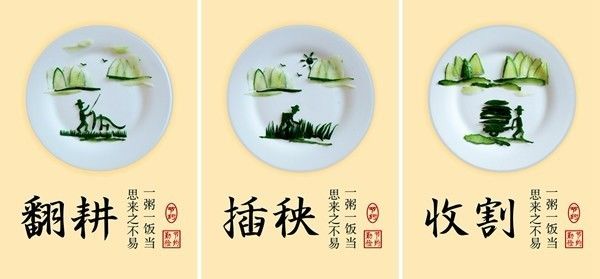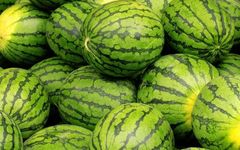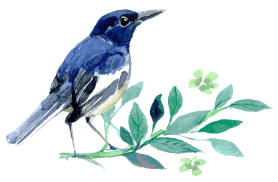
Click the blue text above to follow me!

Medicinal cuisine is aimed at assisting in the treatment of certain diseases. It is guided by the principles of Traditional Chinese Medicine (TCM) and incorporates specific Chinese herbs into dishes or other types of food based on the individual’s health status and the theory of food and medicine sharing the same source. This approach combines medicinal treatment with dietary nutrition to achieve the goals of treating diseases and restoring health. For thousands of years, traditional Chinese medicine has emphasized the relationship between dietary regulation and health longevity, which includes dietary therapy, using food to regulate health and prevent or treat diseases, as well as medicinal cuisine, which combines food and medicine to achieve health maintenance and disease prevention.
Medicinal cuisine has increasingly become an auxiliary means for the Chinese people to treat diseases. However, despite being a type of cuisine, the prefix “medicinal” indicates that it is not ordinary food; it has medicinal properties. Firstly, it can prevent diseases and enhance physical strength; secondly, it can treat diseases and promote health recovery; and it can even prolong life and enhance beauty while combating aging. Due to its medicinal attributes, it should not be consumed casually and must be used under the guidance of a doctor or relevant expert. The manner of use directly determines the effectiveness of health maintenance, making the use of medicinal cuisine a double-edged sword.

Characteristics of Medicinal Cuisine
1. Syndrome Differentiation in Cuisine
Qi deficiency—Ren Shen (Ginseng) and Jujube Rice, Yam Soup Balls, Fu Ling (Poria) Buns, Yi Pi Cakes, Jujube Porridge
Blood deficiency—Jujube, Peanuts, Longan, Goji Berries
Yin deficiency—Sheng Di (Rehmannia), Zhi He Shou Wu (Prepared Fo-Ti), Bai He (Lily Bulb), Mai Dong (Ophiopogon), Gui Ban Jiao (Tortoise Shell Gel)
Yang deficiency—Lamb, Dog Meat, Deer Antler, Lu Rong (Deer Velvet)
2. Seasonal Cuisine
Spring is the season of growth. Health practitioners suggest a “sweet and neutral” dietary approach in spring, meaning to eat less sour food and more sweet food to prevent the liver from overpowering the spleen. Sweet and neutral or liver-clearing foods and herbs include: Fu Ling (Poria), Shan Yao (Yam), Yi Yi Ren (Job’s Tears), Lian Zi (Lotus Seed), Carrots, Spinach, Fish Maw, Silver Ear Mushrooms, Wood Ear Mushrooms, Milk, Goji Berries, Shepherd’s Purse, Malan Head, Celery, Bok Choy, Water Chestnuts, Chrysanthemum, etc. For those with weak liver qi and both qi and blood deficiency, it is also advisable to choose Huang Qi (Astragalus), Dang Gui (Angelica), Ren Shen (Ginseng), Longan, and Black-boned Chicken for nourishment to help the liver qi rise naturally.
Fu Ling (Poria)
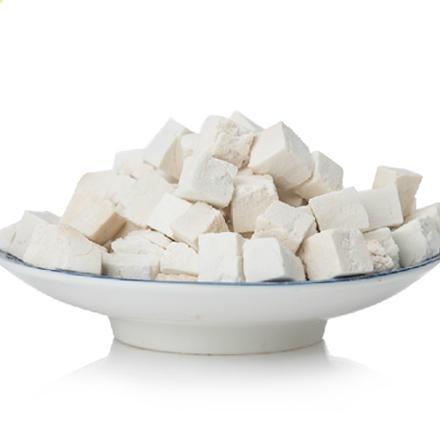
Summer is the hottest season of the year and a time of vigorous growth. The diet should be sweet, cold, and refreshing, with some cooling foods added to prevent heatstroke. Additionally, many people experience a decrease in appetite during summer, and the spleen and stomach functions may be sluggish. Therefore, the medicinal cuisine in summer should not strictly adhere to the principle of “light and sweet” but should help stimulate appetite and digestion. If winter medicinal cuisine is used during summer, it may lead to excessive richness and harm the spleen, affecting nutrient absorption and health. Thus, summer should focus on sweet, cold, and nourishing foods such as Watermelon, Cucumber, Mung Beans, Winter Melon, Loofah, Shi Hu (Dendrobium), Mai Dong (Ophiopogon), Sha Shen (Glehnia), Tai Zi Shen (Pseudostellaria), Xi Yang Shen (American Ginseng), Goji Berries, etc.
Watermelon
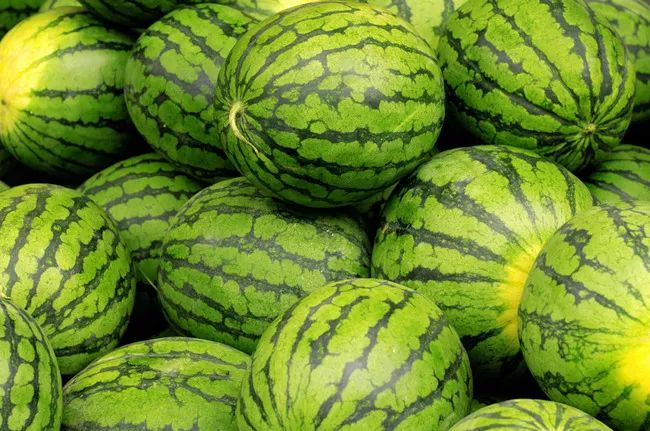
Autumn is a time of transition, where the heat gradually dissipates, and the golden winds bring a refreshing change. It is a season of harvest, and the body is also in a state of reaping. The body transitions from an active, outward phase to a quiet, inward phase. Due to the high consumption and low absorption in summer, autumn emphasizes the need to replenish nutrition and adjust functions in preparation for winter. Autumn medicinal cuisine should focus on sweet and moistening lung tonics, ensuring they are neither too hot nor too cold, maintaining a balance that does not harm or exhaust yang. In autumn, lung qi is strong, and spicy flavors can nourish lung qi, so it is advisable to eat less spicy food to avoid excessive lung qi that can harm the liver; more sour foods should be consumed to assist liver qi, countering the excess lung energy. Sour and sweet flavors together can generate yin fluids to moisten autumn dryness. Therefore, common medicinal foods and herbs for autumn include Bai He (Lily Bulb), Sha Shen (Glehnia), Mai Dong (Ophiopogon), Ejiao (Donkey-hide Gelatin), Shi Hu (Dendrobium), Silver Ear Mushrooms, Sugar Cane, Persimmons, Pears, Water Chestnuts, Pineapples, Bananas, etc.
Sha Shen (Glehnia)
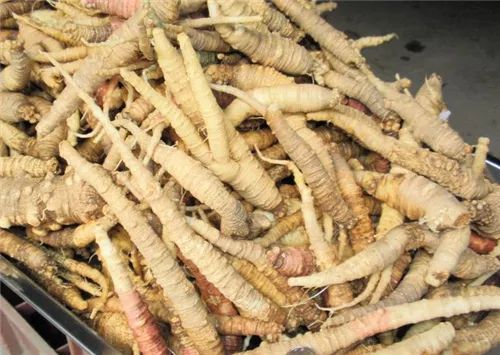
Winter brings cold weather, and all things in nature wither. Winter is particularly beneficial for the function of the kidneys, as it is said that “kidney qi is strong in winter.” Since salty flavors can enter the kidneys and excessive salt can harm them, winter medicinal cuisine should not be overly salty. Winter medicinal cuisine should focus on warming and tonifying kidney yang to help the kidneys store essence and qi, thus generating blood and fluids to promote the physiological functions of the organs. Care should be taken to choose warming but not dispersing, hot but not drying foods and herbs, such as Beef, Lamb, Dog Meat, Longan, Jujube, Walnut Meat, Lu Rong (Deer Velvet), Placenta, Cordyceps, Ren Shen (Ginseng), Rou Cong Rong (Cistanche), Sang Ji Sheng (Mulberry Mistletoe), etc.
Cordyceps
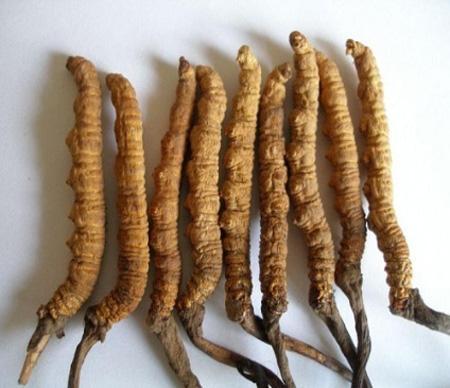

Precautions for Medicinal Cuisine
1. Seasonal Appropriateness:
Throughout the four seasons, spring is warm, summer is hot, autumn is dry, and winter is cold. Nature creates different climates in each season, and the use of Chinese herbs in dishes should also vary with the seasons. If medicinal cuisine is not seasonally appropriate, it may be improperly consumed, providing no benefit and potentially causing harm. For example, Dang Gui (Angelica) and Lamb Soup is suitable for winter as both are warming and nourishing, but it is not appropriate for summer when the weather is hot, as it may lead to excessive heat and potentially cause “heat stroke” in severe cases.
2. Regional Adaptation:
Medicinal cuisine should follow nature, adapting not only to seasonal climates but also to geographical regions. This is well reflected in the diverse culinary styles of China, known as a kingdom of cooking, with rich and varied dishes closely related to geographical factors. The same applies to medicinal cuisine. For instance, in the northwest region, which is often cold and dry, medicinal cuisine should be warming and moistening. Due to the cold climate, it is advisable to use warming herbs and foods to counteract the cold, and because of the dryness, moistening herbs and foods should be used to prevent dryness affecting the skin and mucous membranes. Specific herbs and foods can refer to those chosen for autumn and winter.
3. Individual Differences:
Medicinal cuisine is a delicious dish made by combining Chinese herbs with food through cooking. It has the effects of strengthening the body, prolonging life, and preventing and treating diseases. However, each person’s constitution is different, and the use of Chinese herbs in dishes should be tailored to the individual. It should not be assumed that any medicinal cuisine will provide the same nourishing effects for everyone. Generally, warming medicinal cuisine is suitable for those with yang deficiency; cooling medicinal cuisine is suitable for those who are overweight, have yin deficiency with yang excess, or have conditions like hypertension, hyperlipidemia, coronary heart disease, or diabetes; neutral medicinal cuisine is generally suitable for everyone, especially for those with weak constitutions or both yin and yang deficiency.
In addition, medicinal cuisine should be scientifically prepared, reasonably combined, and strictly controlled in dosage.
Medicinal cuisine has a long history and has played an important role in disease prevention, treatment, health maintenance, and anti-aging for thousands of years. It is not only rich in content but also has broad practical significance. Based on excavation, organization, and inheritance, it is further applied with modern scientific theories and technologies to gradually clarify the scientific theoretical basis of medicinal cuisine, improving its reliability for use, ensuring its continuous development and enhancement.
The TCM Department of Huizhou First Maternal and Child Health Hospital offers professional TCM syndrome differentiation guidance. Friends in need can consult at the TCM outpatient clinic on the 3rd floor.
Phone: 0752-7806638

